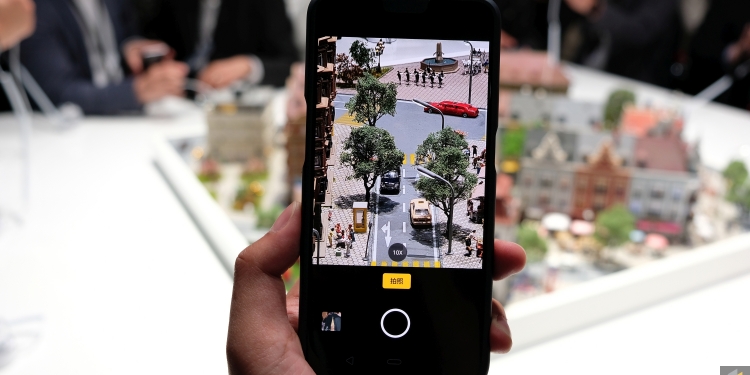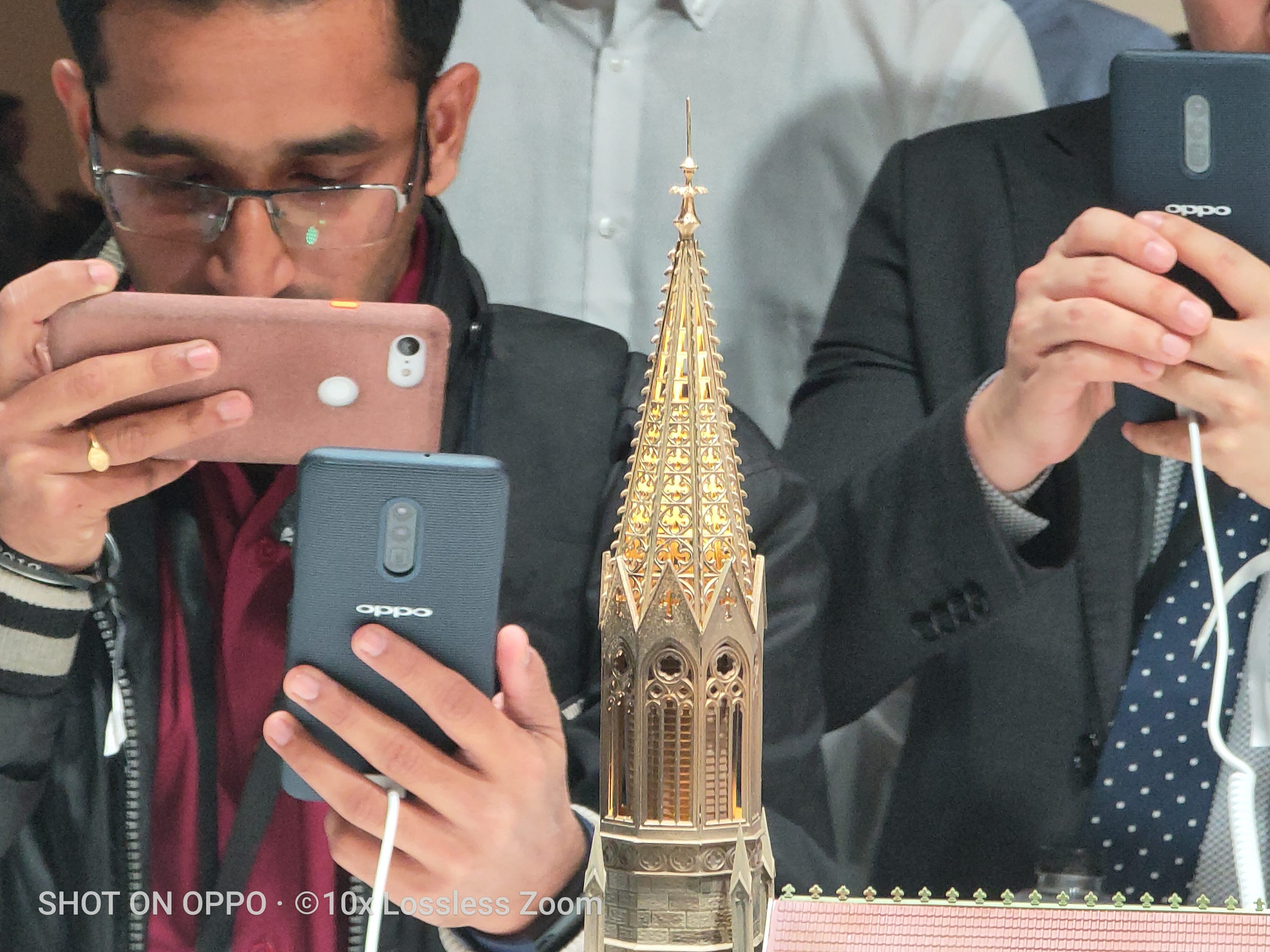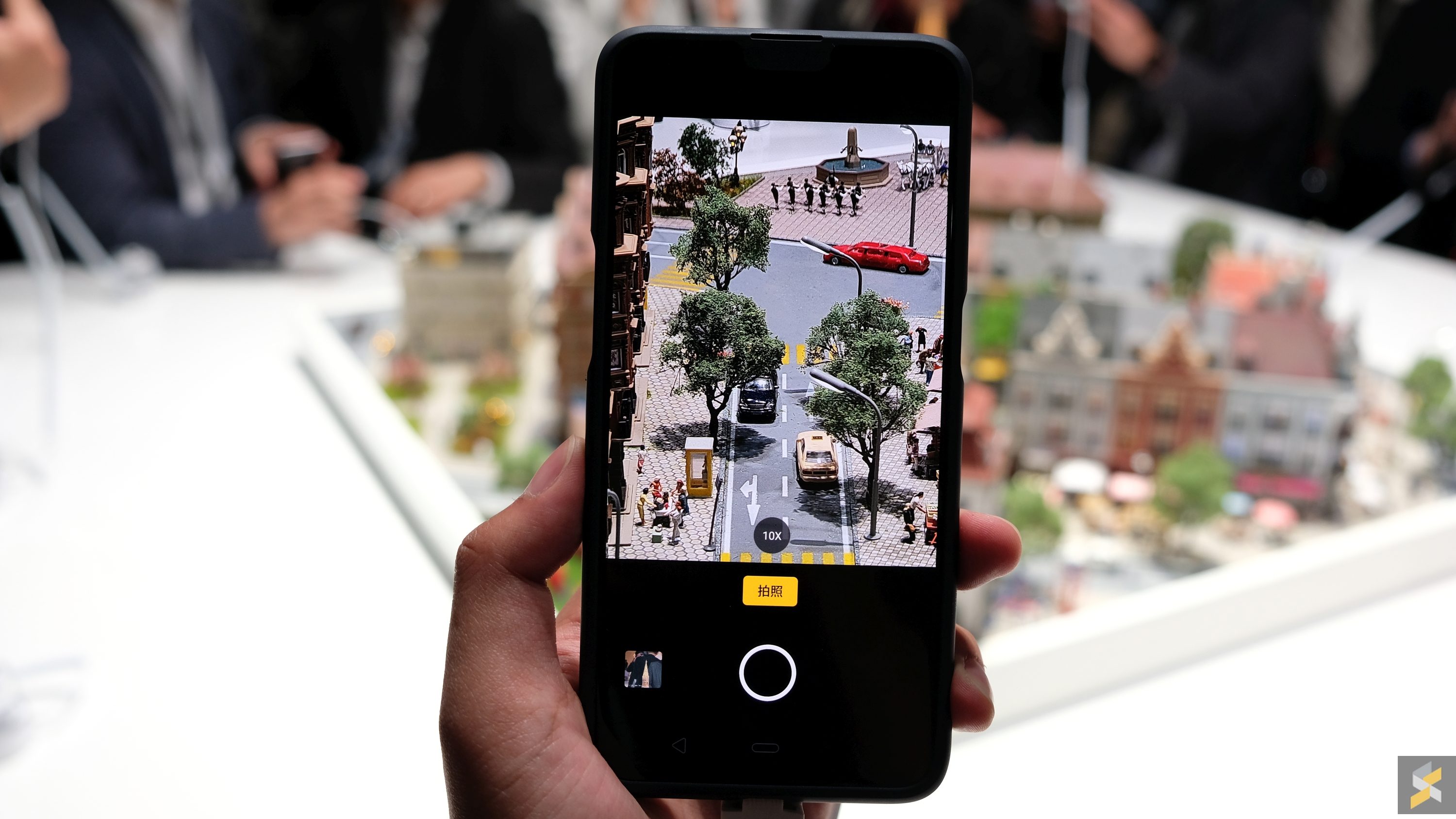
Oppo talked about a lot of things during their big innovation event in Barcelona. They talked about the future and how they were planning on investing over USD1.5 billion into research and development in the year 2019. Oppo also talked about 5G, their desire to innovate in that space, and the possible ways this new technology could change the way we used our smartphones.
But most of what they had in mind for 5G was a little far off in the future for me — especially since Malaysia doesn’t have a 5G network that’s open to the public just yet. So, to me, one of the more interesting things Oppo talked about at their innovation event was their brand new camera system that was capable of 10X lossless zoom.
How have they done it?
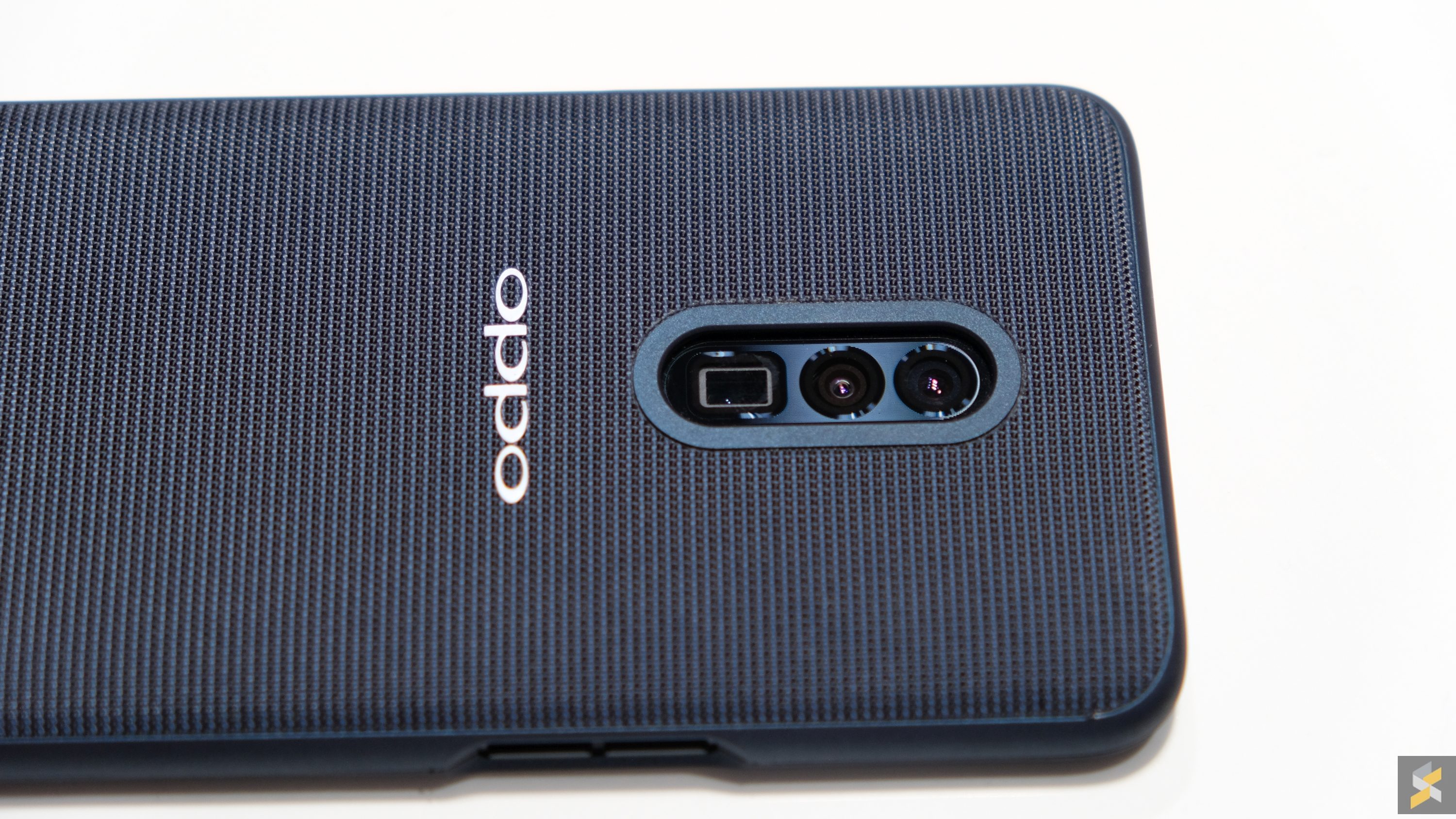
Oppo’s new camera system is one that utilises three camera modules not unlike what you’d find one something like a Samsung Galaxy S10 or a Huawei Mate 20 Pro. At least, the basic principle is there, where you have an ultra-wide, a wide, and a telephoto so you get a little extra reach. However, with Oppo’s camera setup, they’re able to cover an incredible equivalent focal length range of 16mm to 160mm. The only bummer is that they’re keeping most of the camera’s specifics under wraps, at least for now. But, I do have some nuggets to share with you.
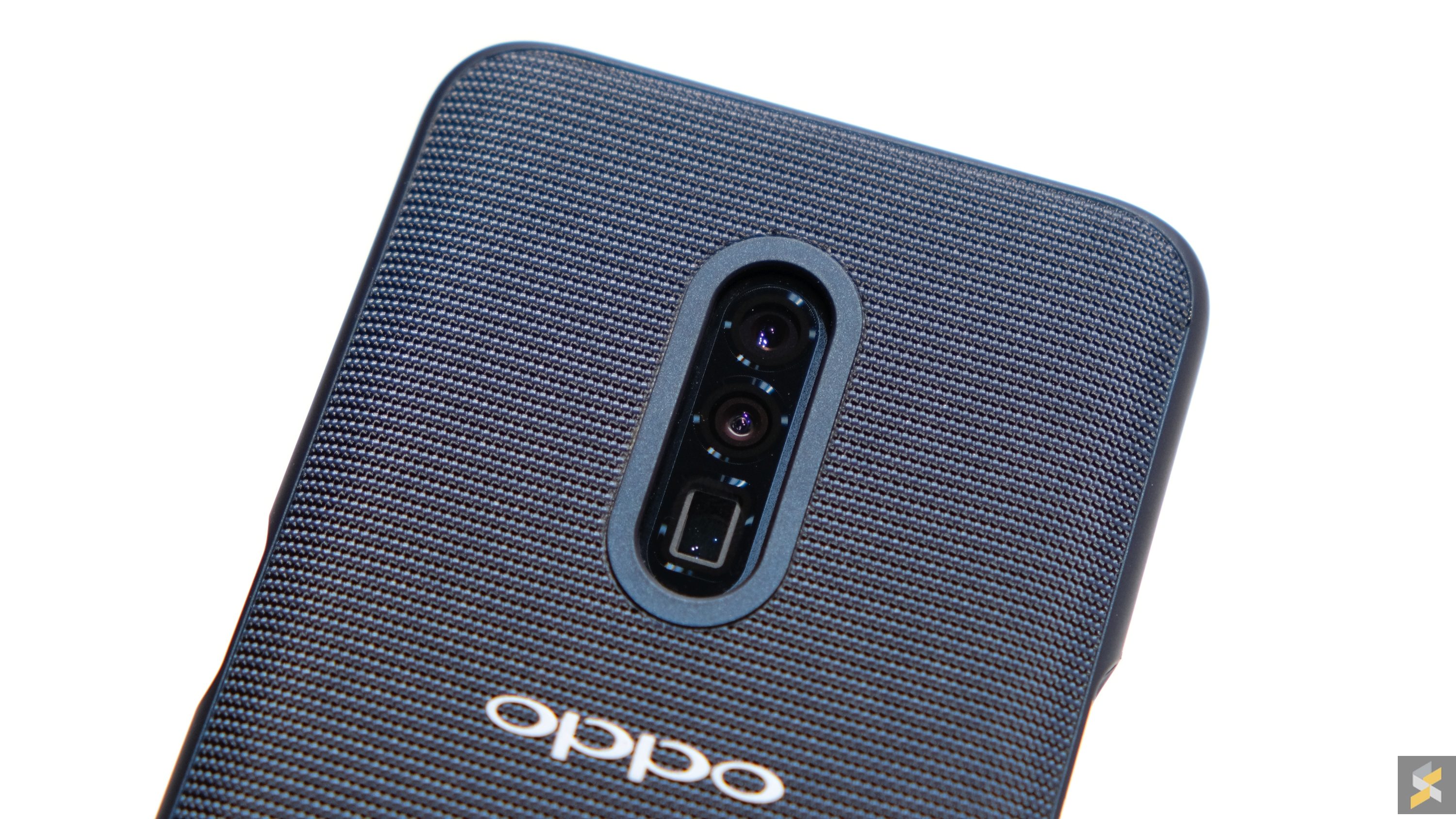
Before we begin though, I would like to preface that the units they let us test out were basically demo/engineering samples. These devices had a case on — that we couldn’t remove — and what looks like a very early iteration of what may or may not be the final camera software. This means that you should take a lot of what I say here with a grain of salt until we see a commercial launch. What’s more, I only had a brief time with these units and could only shoot a small demo they had set up in the event space. This is by no means a review, only a first impressions. OK, caveat out of the way, let’s get into it.

Let’s start at 1X. This is the widest Oppo’s triple camera system can zoom out to. This is the ultra-wide angle lens that we already see on several flagship smartphones, and it’s one of my favourites in the dual-camera era. And, for a company that hasn’t released a smartphone with an ultra-wide lens, I was pretty impressed with how well it stacked up with the rest of the competition, at least as far as its ability to reduce the fish-eye effect.

Moving on though, we’ve got the wide-angled main sensor. Along the zoom range, this sensor will kick in at about 2X, but I suspect that it will be the one you’ll be shooting with most of the time. While Oppo hasn’t revealed that much about this sensor, they did reveal that the main sensor would be a 48MP unit. This is pretty similar to the kind of resolution we’ve seen on devices like the Honor View 20 and Redmi Note 7.
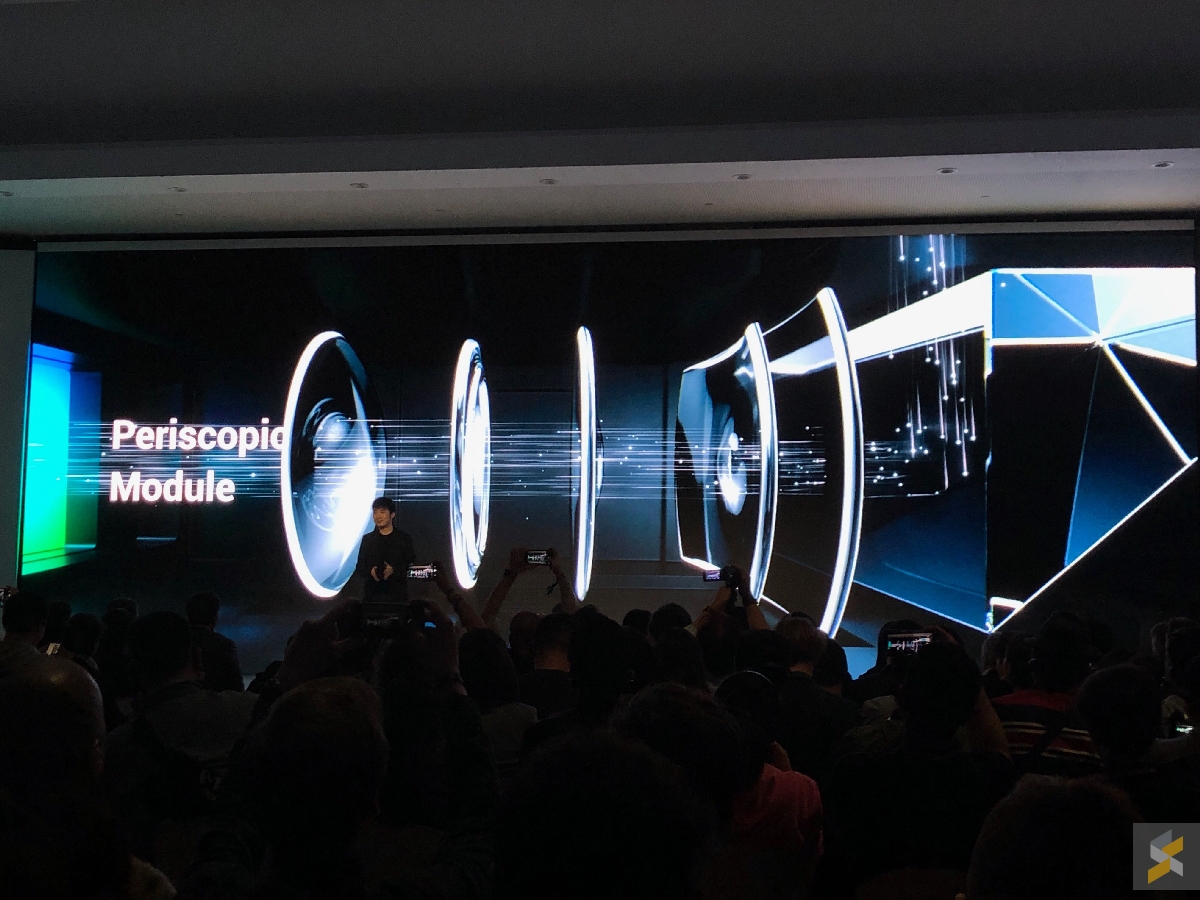
Now, we’ve got the most interesting camera of the lot: The telephoto. This is because this isn’t just your regular 2X telephoto camera, oh no, this particular camera only kicks in once you’re past 8X on the zoom range, and it’s the camera that will take you all the way to 10X. It’s able to do this because it actually features a periscopic lens design where the sensor is mounted perpendicularly to the direction in which the light is entering the lens. So, when the light enters the lens, it’s then reflected towards the sensor with a prism, passing a whole bunch of lenses along the way.
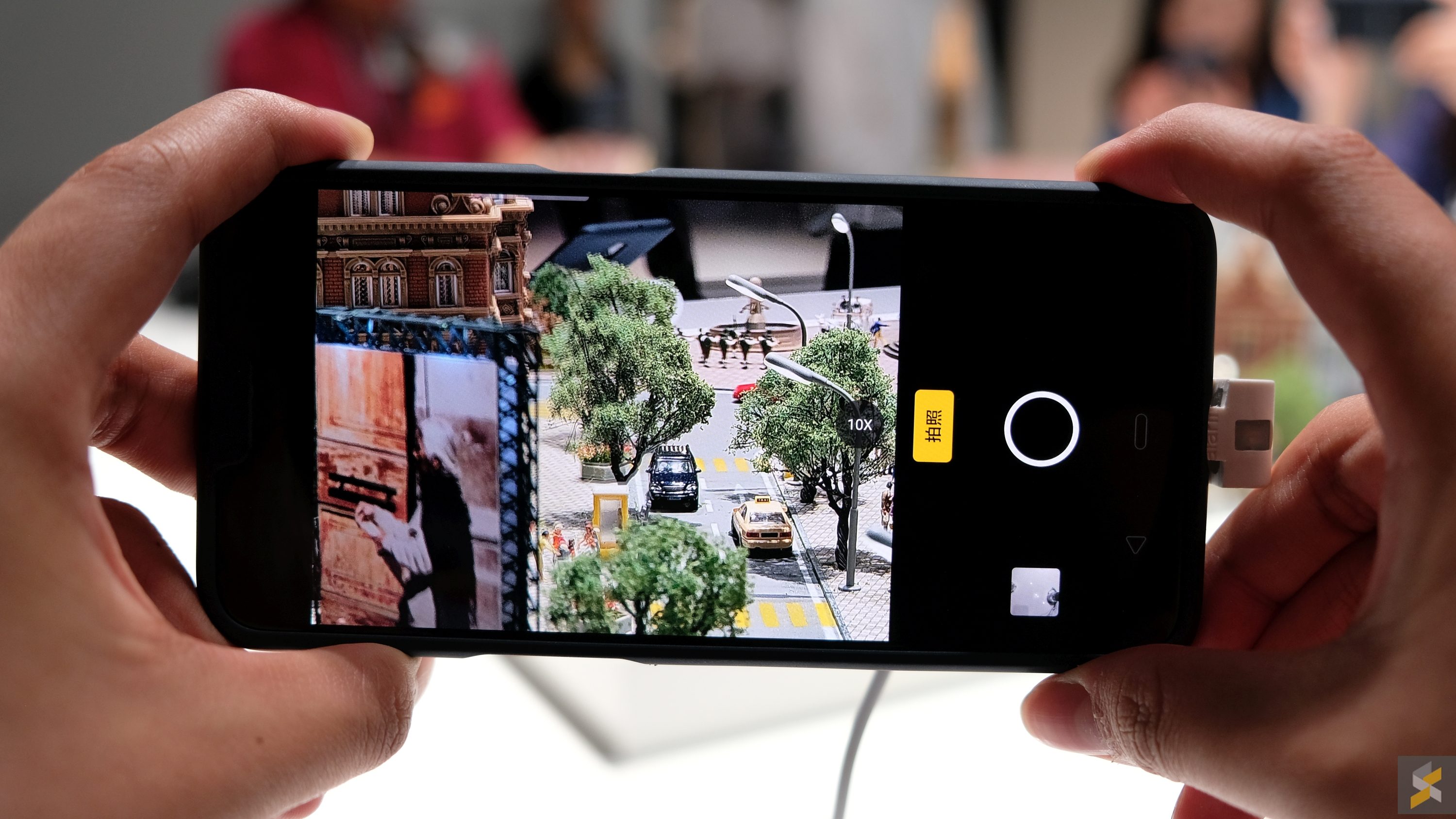
This camera is what enables the 10X lossless zoom, but don’t immediately start thinking that it’s going to be like your camera’s zoom lens. At no point in Oppo’s presentation did they talk about optical zooming, at least not the kind where the lens elements in the periscope start moving about the way the first Asus ZenFone Zoom did. The keyword here is lossless zoom, which means the ability to zoom in without losing quality. What that quality means, remains to be seen, but the images I managed to get out of the phone are all 12MP photos, which makes sense.

Traditionally, this is done through some combination of a high resolution main sensor and a short telephoto lens, similar to Huawei’s 5X lossless zoom on their P20 and Mate 20 smartphones. The only difference is that Oppo’s kicked this up a notch, extending that range to a whopping 10X. But, just because this isn’t purely an optical zoom doesn’t mean it’s not impressive — because it is.

Even from my brief hands on with the demo unit, the difference between what this smartphone captures at 10X versus your regular, say iPhone X at 10X, was clearly noticeable. The detail and sharpness it retains is very, very impressive by smartphone standards, and even if you extend it to 20X where you do start to lose quality, it’s still able to produce a better image than most handsets at 10X.
But to me, the most impressive thing about this camera system, is how steady it is at 10X. When I’m on the iPhone X, for example, getting a steady shot at 10X requires far steadier hands than one I possess. On Oppo’s triple-camera setup, it’s almost rock solid. And that has a lot to do with the fact that Oppo’s actually managed to give the telephoto lens, optical image stabilisation (OIS). I can’t stress how crucial this is for solid shots at that focal length (160mm) because when you’re that zoomed in, every tiny movement gets amplified and it becomes very hard to hold steady. The only other phone I’ve seen even come close to how steady the Oppo is at 10X is the Mate 20 Pro at 10X, and even then the difference is noticeable.
All that power, yet it’s still tiny
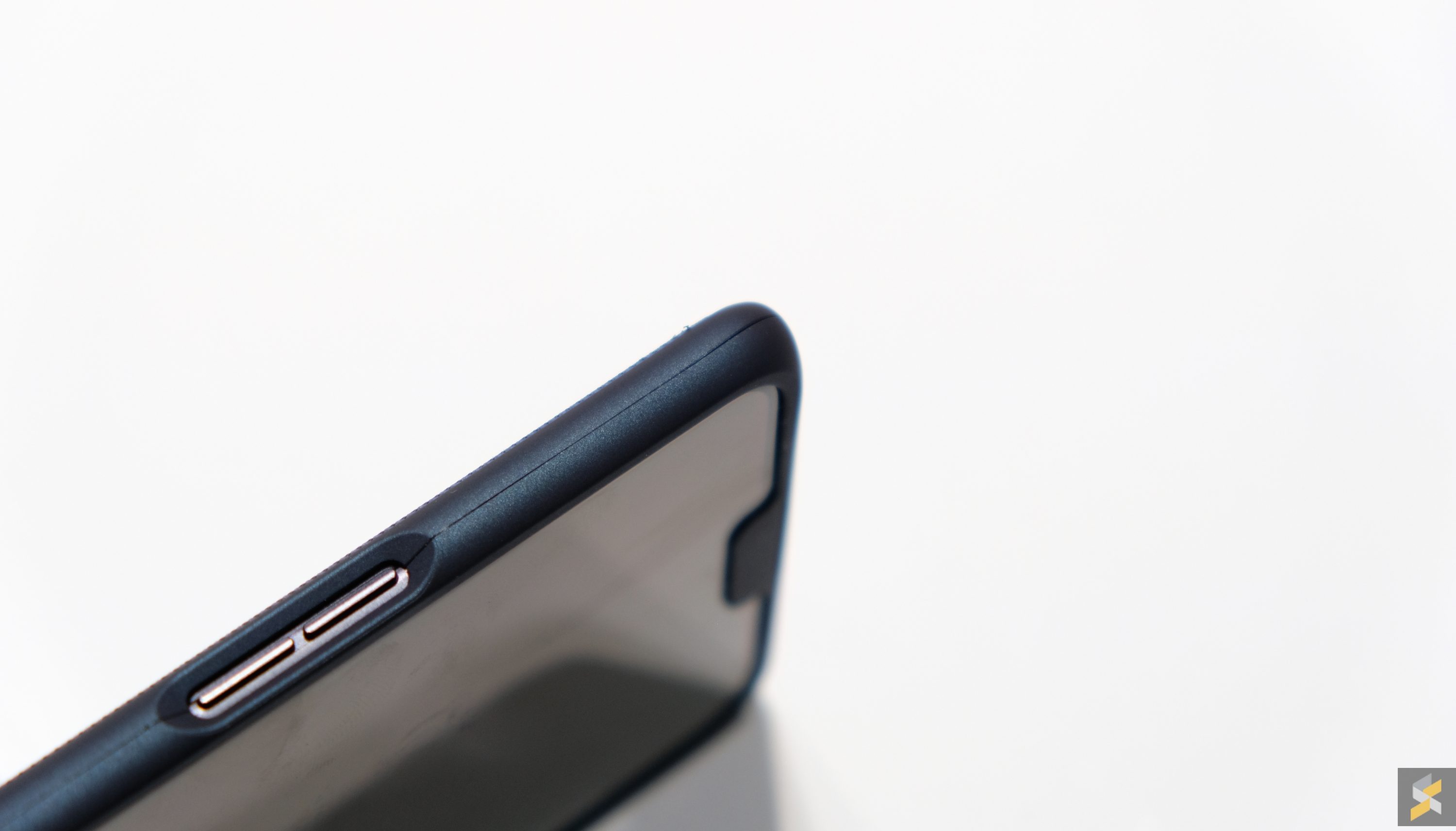
At this point, there is another worry that needs addressing. With so much going on in the camera module, it sounds like we could be looking at quite a thick module. But, if you’ve been looking at the photos of this demo smartphone, you’d probably already have noticed that this simply isn’t the case. I mean, it looks pretty much like any smartphone out there, and that’s because Oppo’s periscope module is just 6.76mm thick. All that capability in a phone that looks very normal by today’s standards makes me very excited for the future.
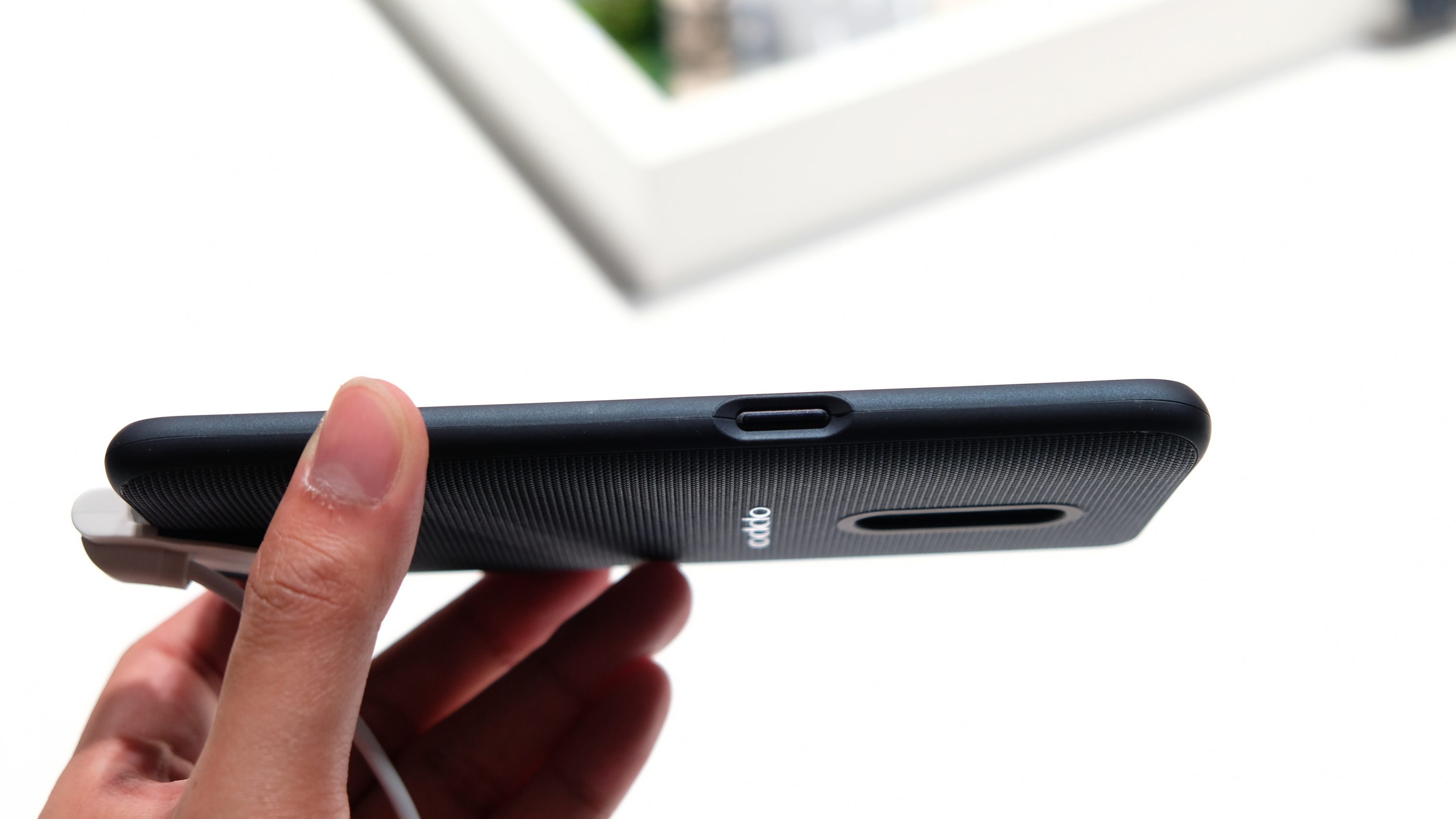
In fact, that future is closer than you may think because Oppo says that they’re ready for mass production. So, unlike the 5X lossless zoom module that we never saw make it into a commercial phone, Oppo’s saying that we’ll see the first smartphone with this camera module sometime in Q2 of 2019. That’s from April to June, which really isn’t very far off.
Until we see that particular phone though, this is all the information I have for you. What do you think of this 10X lossless future? Is more zooming what you want? Let me know in the comments below.
Photography by Rory Lee with the Fujifilm X-T20

